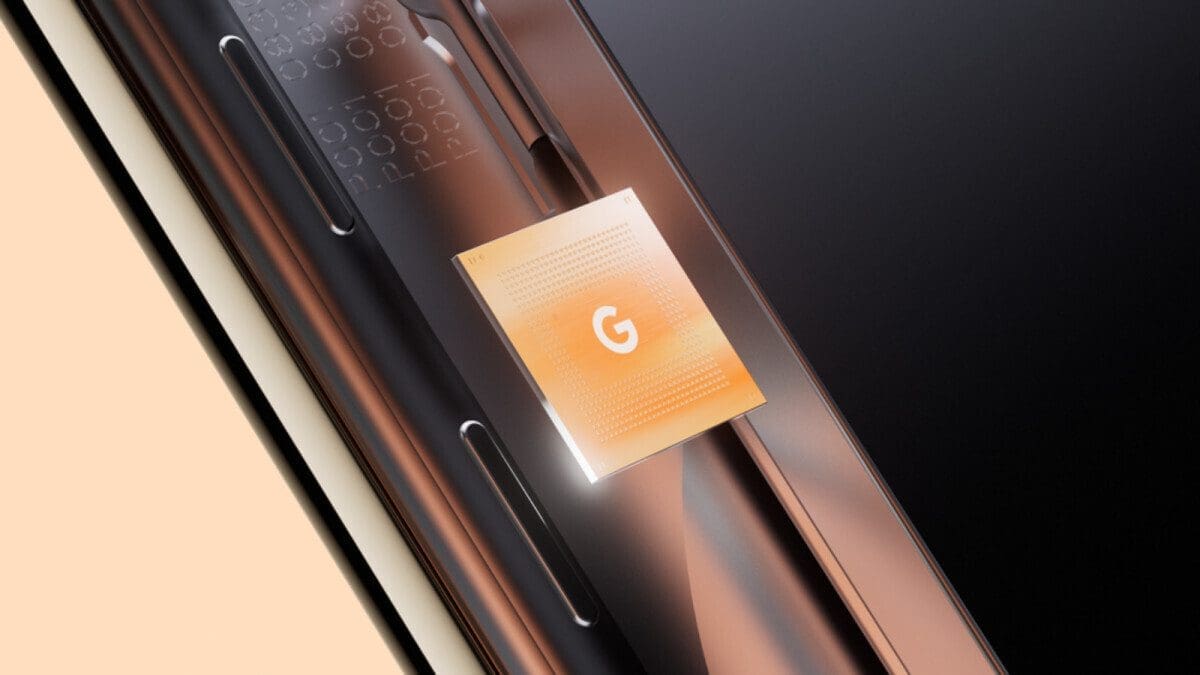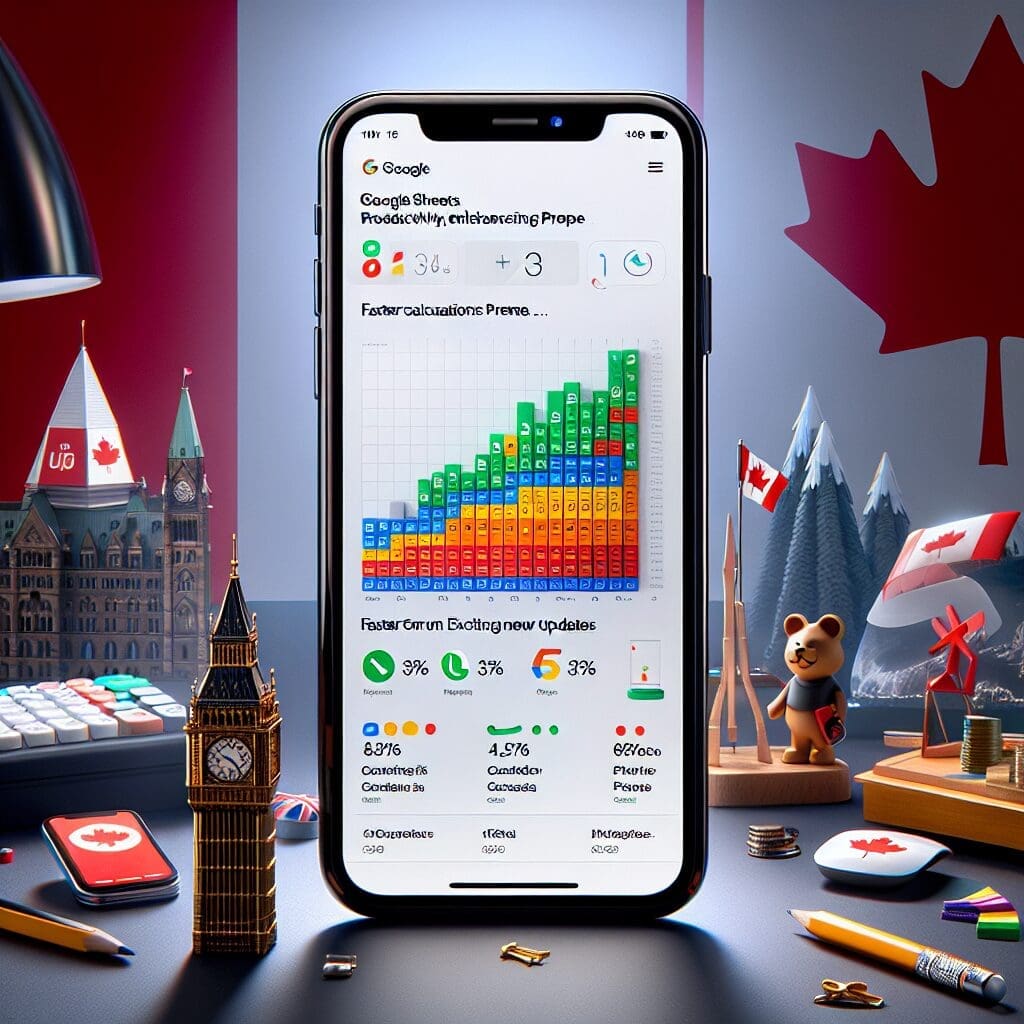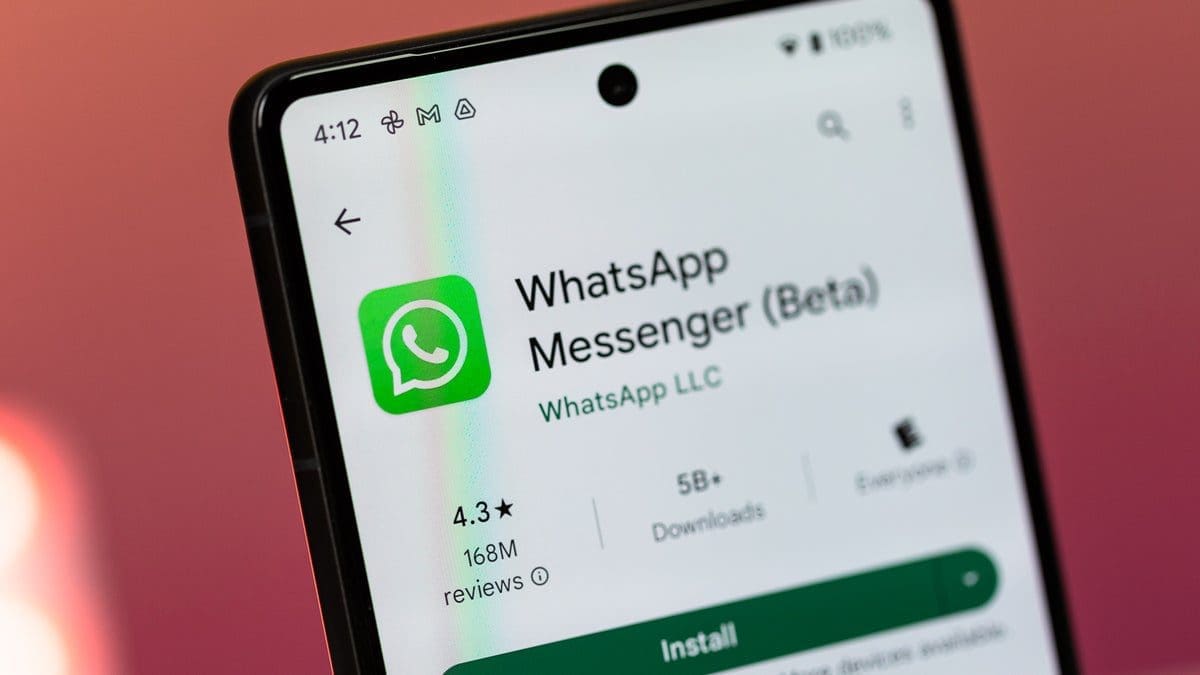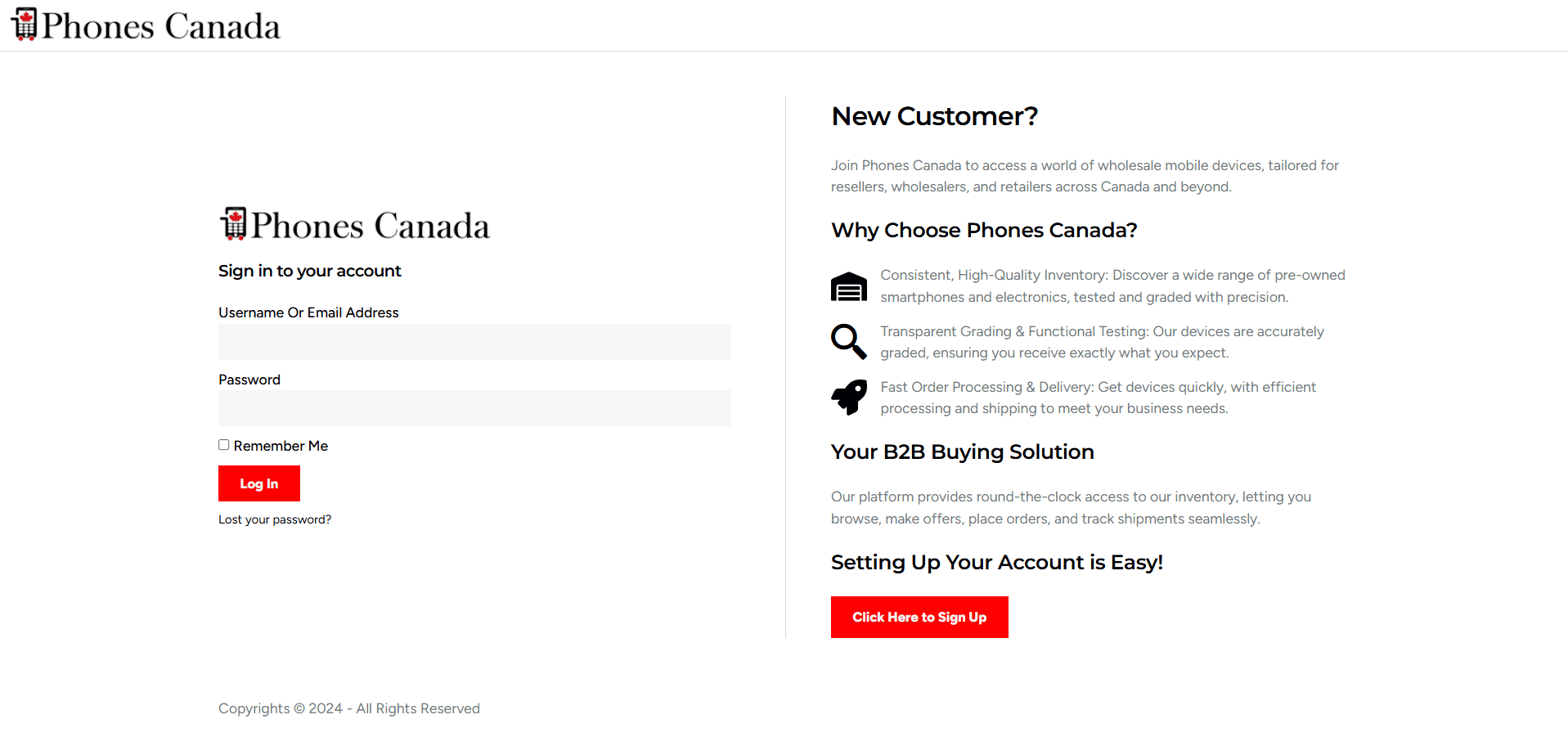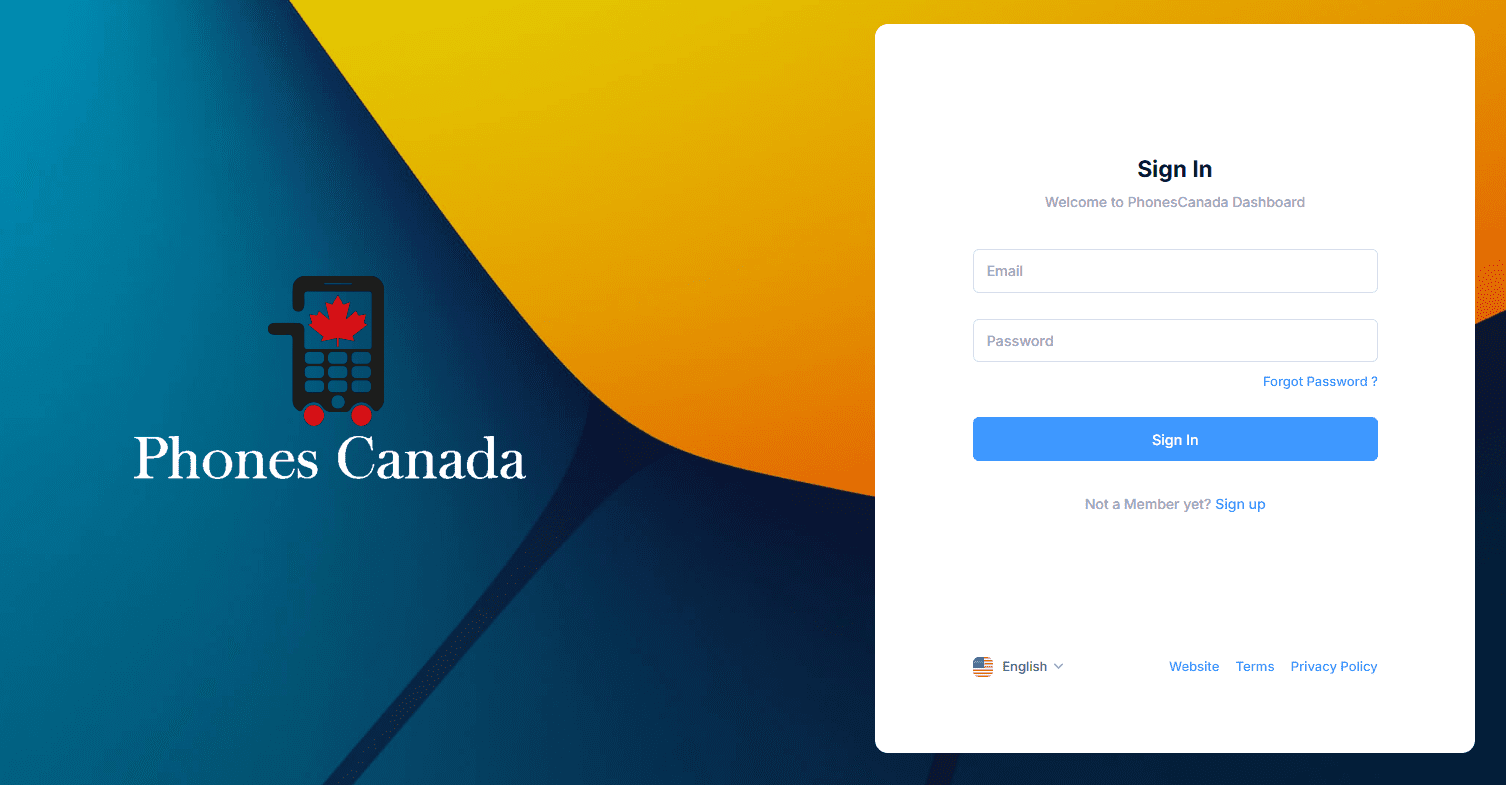For those who weren’t born or were toddlers in 2007 when the iPhone was introduced, it might be surprising to learn that the device was initially exclusive to AT&T in the U.S. However, over the years, other carriers started offering the iPhone as well.
In a blog post by T-Mobile CEO Mike Sievert, he reflects on the company’s journey with the iPhone. Sievert joined T-Mobile in 2012 when the company was struggling as the fourth-largest wireless carrier. T-Mobile had limited financial resources and didn’t offer iPhones or have a 4G LTE network at the time.
Sievert writes, “We heard loud and clear that we needed to better meet our customers’ needs — and we accepted the challenge.” T-Mobile knew it had to make changes to stay competitive and meet the demands of iPhone users.
The first iPhone sold by T-Mobile was the iPhone 5 in 2013. On the launch day, T-Mobile experienced lines out the door at nearly all of its stores nationwide. It was a turning point for the company. T-Mobile also introduced its 4G LTE network on that day.
T-Mobile did things differently. Unlike other carriers, T-Mobile allowed customers to buy the iPhone 5 without a two-year contract. They could pay full price or finance the device over 24 months. This approach revolutionized how Americans were buying phones.
Today, T-Mobile’s network is recognized as the largest, fastest, and most awarded 5G network in the nation, surpassing AT&T and Verizon. Adding the iPhone to its phone lineup marked the beginning of T-Mobile’s incredible growth. Now, T-Mobile is the second-largest wireless provider in the country.
It’s important to note that T-Mobile’s journey wasn’t without challenges. The company faced a system glitch that exposed customers’ personal information, including credit card numbers. However, despite setbacks, T-Mobile persevered and continued to grow.
T-Mobile’s growth was almost derailed in 2011 when AT&T attempted a takeover. The deal fell through due to regulatory issues, but T-Mobile received a breakup fee that helped fund its growth and expansion.
Reflecting on the past, Sievert considers the launch of the iPhone 5 as a major milestone in T-Mobile’s history. It was a catalyst for transformation and paved the way for T-Mobile to become the Un-carrier it is today.


